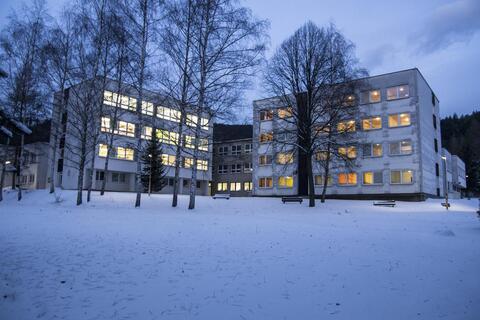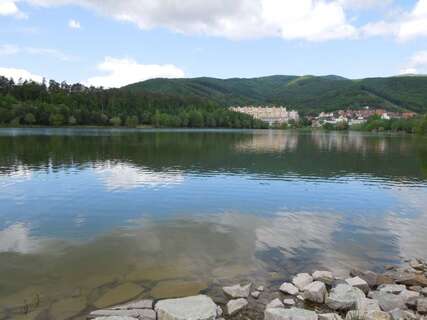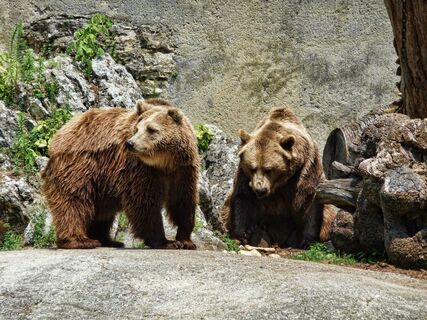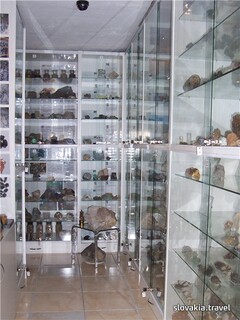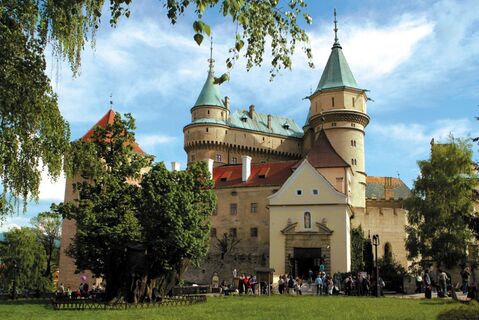The location of terrain objects from the foothill to the top of the hill was deliberately chosen, with the intention of creating a distinctive landscape dominant from Calvary, visible from a wide range. The initiator and founder of Calvary was local native and priest Anton Richter (1861-1942), the construction work was carried out in 1934-1937 . The lower part of the Calvary is dominated by the lower church - Chapel of the Lord's Supper , the central feature of the whole ensemble is the upper church - Chapel of the Crucifixion . The fourteen stopwalkers of the crossing of the Cross link a tortuous sidewalk , enriching the whole composition with further stops, representing the Passion and Symbolical Representations of the Passion and Glorification of Christ along with the themes of the Old Testament. Besides the masters from Slovakia, artists from Germany, Upper Austria and Bohemia participated in the decoration . Window sills , an altar of true Cararas marble , reliefs, sculptures ... all of this testifies to the exceptional and artistic quality of this sacred work . The upper part of the Calvary gives you a nice view of the Upper-Saxon basin .
The list of national cultural monuments in Slovakia was registered in 2014 . They built it in a Neo-Gothic style on the Galgensberg hill, above the former separate village of Solk . Interestingly, it consists of 27 masonry objects . There are two churches at the beginning and the end, 14 classical stops of the crossroad and 11 other chapels .
Nitrianske Pravno, at that time the small town of Deutsch Proben , inhabited almost exclusively the Carpathian Germans . The inspiration for the construction of the Calvary was a memorial and a commemoration of the 100th anniversary of the tragic fire of 1827 , during which a large part of the town was burned.
Preparations lasted for several years. Richter made a proposal for the construction of the Calvary by Franz Mayer, a Munich company, which also secured painting of paintings with cross-stitch designs. Richter's frames for paintings were requested by the Austrian artistic director Simon Raveder. At Karol Horn, a sculptor in Banská Bystrica, he ordered the reliefs of cara marble, which are installed in the chapels.
The residents were enthusiastic about the construction . It was attended by local craftsmen, often as volunteers. Many have donated their lands for this purpose; others have built the churches at their own expense; others have built the collections of believers. That's why the objects are up to 27, because of the extraordinary interest they built additional chapels. Thus, on the Calvary, as elsewhere in Slovakia, besides the traditional stops of the crossing, there were other passionate appearances. In the lower church, for example, it is a show of the Last Supper. In other chapels, it is Jesus again on the Mount of Olives, there are chapels of Judas' betrayal, Peter's preaching Jesus, Instruments of torture, but also the grave of God, Resurrection, or Assumption.
After the Second World War, when a large part of the German population had to escape, calvaria began to dull . The first major reconstruction of the buildings took place in the 1990s . But after 20 years , the calvar had to be repaired again . One third of the natives of foreigners contributed to the fathers of the calvary, and the believers gathered for the remainder.






